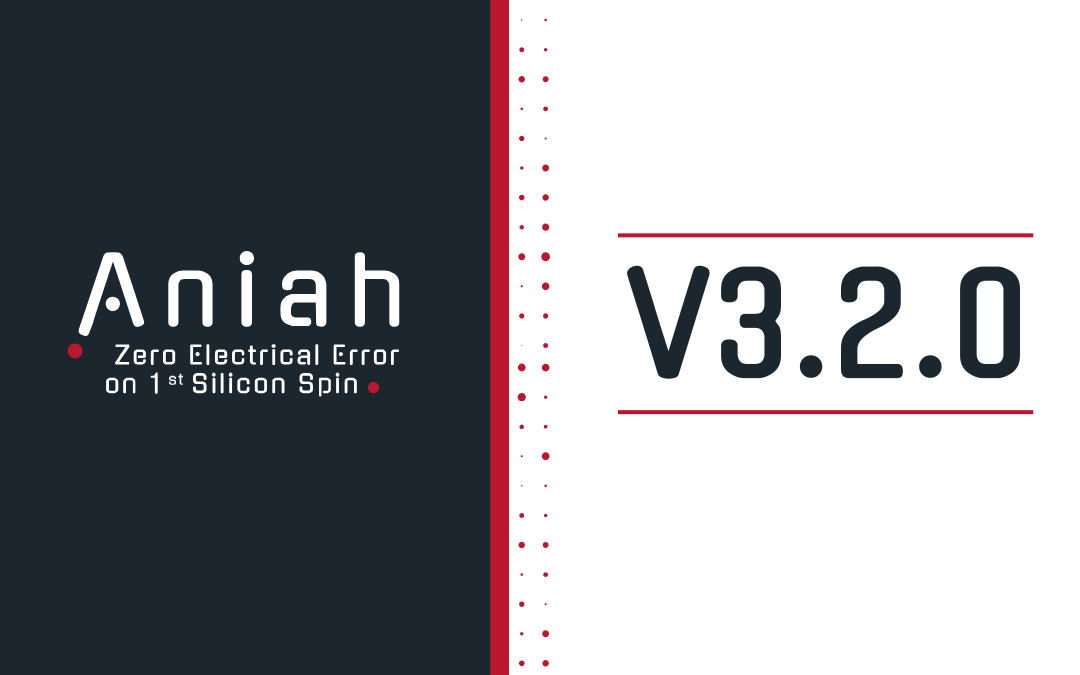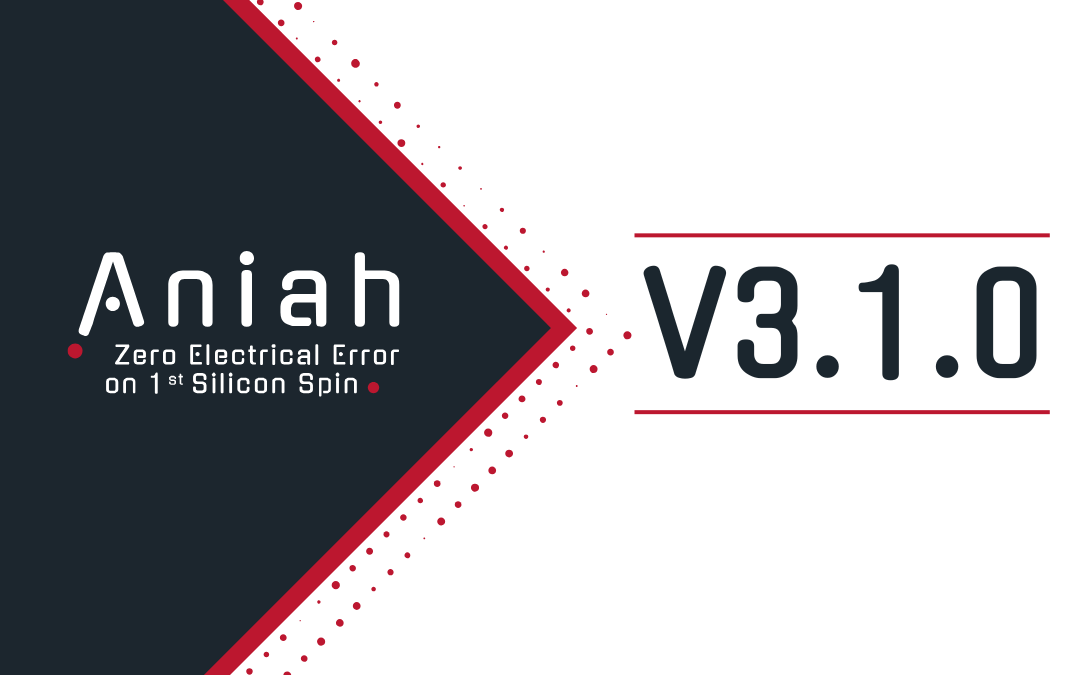This whitepaper exhibits some situations that might get overlooked by the standard approach and eyeball checking. There is also a description of the difficulties of performing mixed-signal tests that could detect these types of situations. To overcome this verification challenge, we introduce a reliable static electrical analysis tool that runs built-in assertion checks to netlists with billions of devices in a short runtime.

Aniah® keeps on improving it’s ERC solution with the Release of OneCheck V3.2.0
We’re pleased to announce that the new version of OneCheck is here ! Version 3.2 brings the following significant improvements : View results directly in the schematic you’re familiar with, thanks to a reworked and powerful back-annotation mechanism in Cadence’s...


